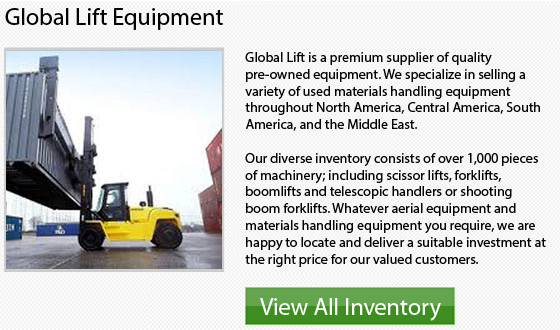
Forklift Controls
In any warehouse setting, one of the most common equipments is a lift truck or forklift. These all-around equipment consist of a vehicle with two split forks at the front which are capable of hauling and carrying bulky items.
Forklifts could maneuver in small spaces and capable of lifting objects into hard to reach, up high places. Forklifts are still really dangerous equipment and should be operated in a safe manner all the time, after proper training and certification has taken place.
Take the time to read the owners guidebook after acquiring a new forklift to help you get familiar with the controls. The guidebook will feature the specific location of every control and the functions it has. Nearly all lift trucks have two levers which control the forks. The first lever controls the height of the fork. In order to make the forks go down, the lever should be pushed forward. To be able to move the forks upwards, you simply pull back on the lever.
There is a second lever that controls the forks tilt. This tilting capability enables for better weight distribution. This tilting action helps to keep items stable and won't allow things to fall off when driving. Furthermore, it helps items slide off in a more balanced way while unloading.
By pulling the second lever back, the forks will tilt back, when pushing the lever forward will tilt the forks forward. Some forklift models are equipped with a third lever which controls the fork width. Every one of these levers is located just to the right of the driver's seat.
Prior to utilizing the forklift, sit inside of it and go over what the controls do with a trained coworker. Be certain to do this when the forklift is turned off and not operational. Ask the qualified expert if you have any questions regarding how something functions.
Observation is often the best method to learn new forklift skills. So take time to observe a coworker demonstrating the function of each control. On hydrostatic forklifts, notice that to be able to make the equipment go, you use the gas. And if you want to make it stop, you just release the gas pedal. There is no brake on these kinds of lift trucks. There are some hydrostatic models that are equipped with battery powered engines that shut off when the gas pedal is released. They start up when the gas pedal is pushed again.